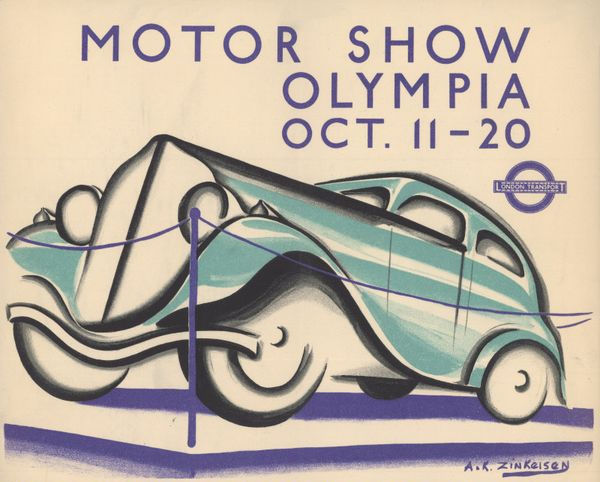The Rise of Underwater Cellars
- Editor OGN Daily
- Apr 2, 2021
- 2 min read
Updated: Apr 21, 2021
Whilst tech companies have been experimenting with submerging servers under the sea, a far more pallatable version is being trialled by wine makers too.
In 1998, divers discovered thousands of bottles of 1907 Heidsieck champagne in a German U-boat in the Baltic Sea, sunk in 1916. For more than eight decades the prescious nectar had sat undisturbed on the seabed, shrouded in darkness, enjoying by near-constant temperatures and pressure. Photographs showing the bottles being gingerly raised from the seabed by the divers soon began to circulate, accompanied by rave reviews from impromptu tastings of the long submerged bottled bubbles.
In Spain’s Basque country, the discovery added to the list of wine-laden shipwrecks that had long captured the imagination of Borja Saracho. Could the sea’s dark depths, gently rocking tidal movements and constant temperatures hold the secret to creating great wines?
Working with a small team, he secured permission to rent 500 square metres of seabed in the bay of Plentzia on Spain’s north coast, sinking specially designed structures capable of storing wine while also acting as an artificial reef. Winemakers across the country soon joined in the experiment, sending bottles of wine for Saracho to plunge into the sea.
The results transformed Saracho into a proponent of underwater ageing and culminated in the launch of Crusoe Treasure, one of Spain’s largest underwater wineries, in 2010. “It was astounding,” he said. “The wines’ evolution underwater was very distinct from what would happen with the same grape on land.”
Similar experiments were playing out around the world, laying the foundation for what today is a niche, but rapidly growing, sector of the wine industry. From Greece and Italy to new world producers in Chile and the US, winemakers are harnessing the power of underwater environments to shape everything from bold reds to sparkling cavas.
The technique, however, comes at a cost. The logistics of submerging and retrieving the wine, often requiring divers as well as boats, and the increased risk of breakage and leaks can swell production costs by as much as 70% when compared with ageing wine on land.
Even so, interest in the idea has soared in recent years, in part boosted by the recovery of 168 bottles of champagne from another shipwreck in the Baltic sea, this time in 2010. After spending about 170 years deep-sea ageing in what researchers described as “close-to-perfect conditions”, a single bottle of Veuve Clicquot found in the wreckage later sold for €30,000.
More than a decade after he and his team began plunging wines underwater, it was a hint of how much remains unknown about underwater ageing and the bodies of water it relies on. “We’re opening a window in a world that’s still to be discovered,” said Saracho. “There’s so much we have to learn.”



